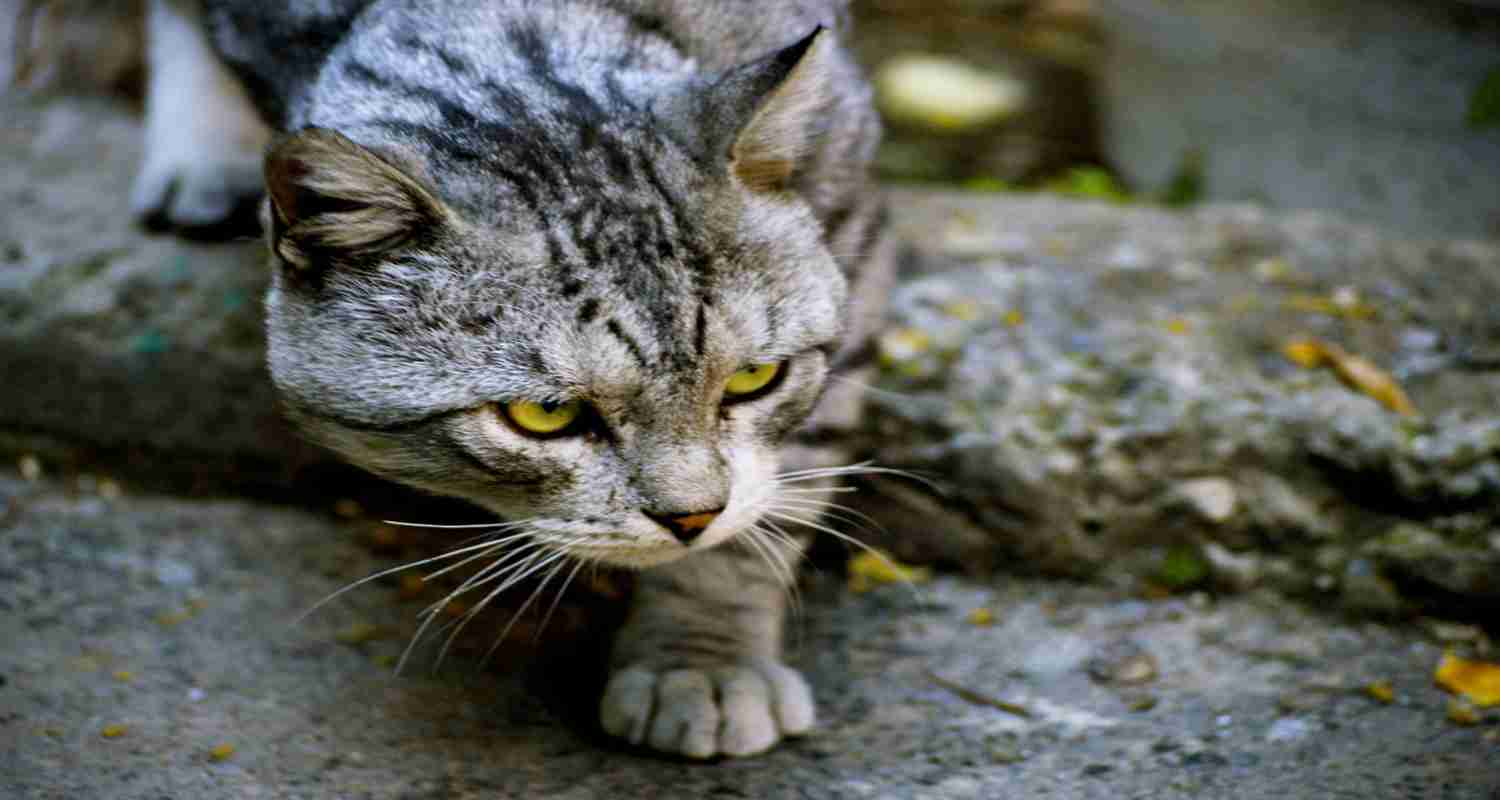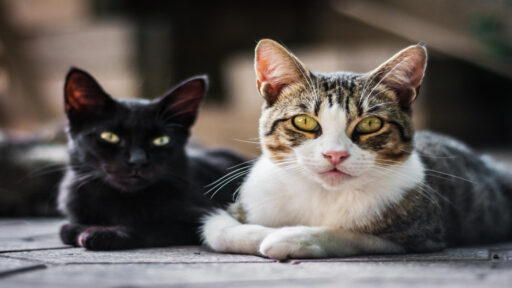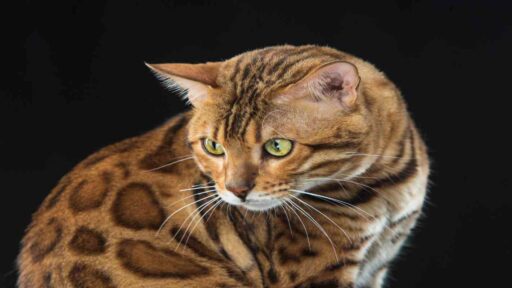What is a feral cat? Unlock the mystery and explore the captivating realm of these untamed felines, from their elusive nature to their unique survival strategies in the wild. Dive into their world and uncover the secrets behind their intriguing behavior and resilient spirit.
What is a feral cat?
A feral cat is a domestic cat that has reverted to a wild state or is born and raised in the wild. Unlike stray cats, which are lost or abandoned pets, feral cats are typically wary of human contact and prefer to live independently outdoors. They survive by hunting for food and finding shelter in various urban, suburban, or rural environments. Feral cats often form colonies, where they establish social structures and territories to help them navigate their surroundings and ensure their survival.
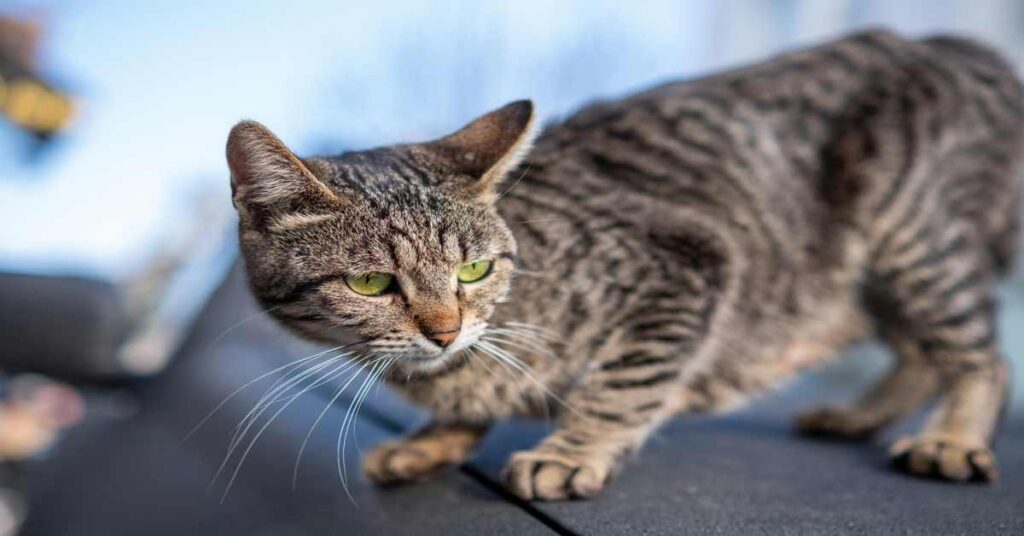
Stray cat
A stray cat is a domestic cat that has become lost or abandoned by its owner. Stray cats may roam neighborhoods or urban areas for food and shelter. Unlike feral cats, which are born and raised in the wild or have reverted to a wild state, stray cats may still retain some level of socialization with humans. They might approach people for food or attention, and some may even be friendly enough to be taken in as pets if they are given the opportunity. However, without proper care and attention, stray cats can struggle to survive outdoors and may face various health and safety risks.
What are the differences between a stray cat and a feral cat?
The main differences between a stray cat and a feral cat lie in their interactions with humans and their origins. A stray cat is typically a domestic cat that has become lost or abandoned by its owner. Stray cats may still be socialized to some extent and may approach humans for food or attention. They might have been someone’s pet at one point and are often more adaptable to living with humans again if they are given the opportunity.
On the other hand, a feral cat is a domestic cat that has either been born and raised in the wild or has reverted to a wild state after being abandoned. Feral cats are usually more wary of humans and tend to avoid contact. They have adapted to surviving independently outdoors, hunting for food and seeking shelter in various environments. Unlike stray cats, feral cats are less likely to be successfully socialized and may prefer to live in colonies with other feral cats.
Distribution and habitat
The distribution and habitat of feral cats can vary widely depending on factors such as geographic location, availability of resources, and human activity. Feral cats are found in diverse environments ranging from urban areas to rural landscapes. They may inhabit neighborhoods, parks, farmlands, forests, and even coastal regions.
In urban areas, feral cats often seek shelter in abandoned buildings, alleys, or under cars. They may also frequent parks, dumpsters, and other locations where food sources are readily available. In rural settings, feral cats may establish colonies near farms or barns, where they can hunt rodents and find shelter in outbuildings or wooded areas.
Feral cats are highly adaptable and can survive in a variety of habitats, including deserts, grasslands, and mountainous regions. Their ability to thrive in different environments contributes to their widespread distribution around the world.
Overall, feral cats are opportunistic animals that make use of whatever resources are available to them in their habitat, allowing them to survive and reproduce in diverse landscapes.
Can a feral cat become a house pet?
Yes, with patience, time, and proper socialization techniques,a feral cat can becomee a house pet. However, it can be a challenging process as feral cats are typically wary of humans and may not be accustomed to indoor living. Building trust through gradual interaction, providing a safe and comfortable environment, and offering regular meals can help transition a feral cat to become more comfortable with human companionship. It’s important to approach the process with understanding and respect for the cat’s temperament and needs. Additionally, seeking guidance from experienced animal behaviorists or veterinarians can be beneficial in successfully socializing a feral cat
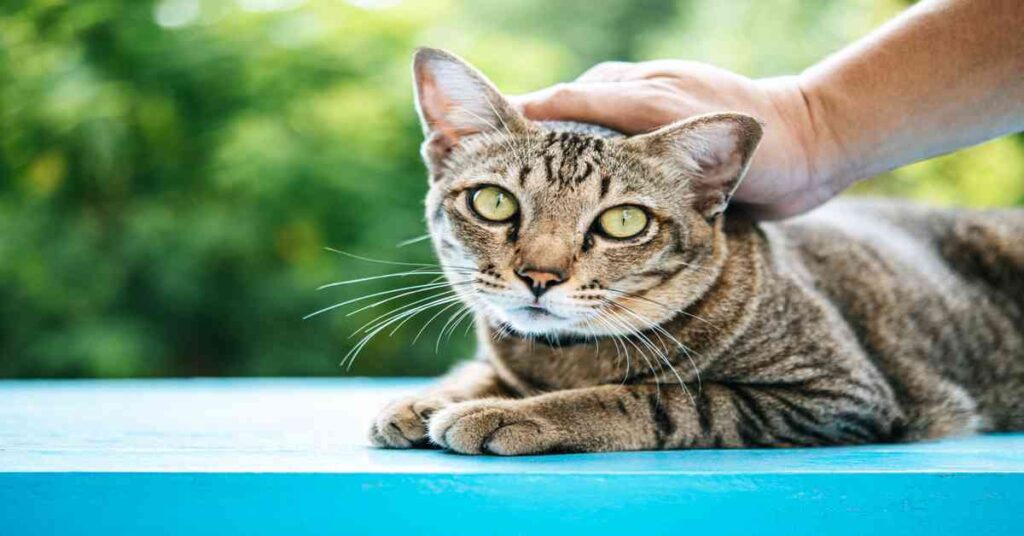
How to help feral cats
Helping feral cats involves a combination of providing basic needs, promoting their welfare, and implementing long-term solutions. Here are some ways to assist feral cats:
- Trap-Neuter-Return (TNR) Programs: Work with local animal welfare organizations or veterinarians to trap feral cats, have them spayed or neutered, vaccinated, and then return them to their original location. This helps control the population and reduces the number of kittens born into the wild.
- Provide Food and Water: Set up feeding stations with fresh food and water in safe, discreet locations. Consistent feeding helps ensure the cats have access to nourishment, especially during harsh weather conditions.
- Shelter: Offer shelters or safe spaces where feral cats can seek refuge from the elements. These can include simple shelters made from sturdy boxes or commercially available cat shelters.
- Medical Care: Monitor the health of feral cats and seek veterinary care for any injuries or illnesses. This may involve collaborating with local veterinarians or animal rescue groups to provide medical attention when needed.
- Community Education: Raise awareness about feral cat populations and the importance of humane solutions like TNR. Educate others about responsible pet ownership and the benefits of supporting feral cat colonies rather than resorting to lethal methods of population control.
- Volunteer and Support: Get involved with local animal welfare organizations or feral cat advocacy groups. Volunteer your time, donate supplies, or contribute financially to support efforts aimed at helping feral cats in your community.
Diet
The diet of feral cats primarily consists of small mammals, birds, insects, and other small prey that they hunt and capture. They are skilled predators with keen hunting instincts, allowing them to target a wide range of prey species. Feral cats may also scavenge for food in garbage bins, dumpsters, or from human sources when natural prey is scarce.
Their diet can vary based on factors such as habitat, seasonal availability of prey, and individual hunting preferences. In urban areas, feral cats may rely more heavily on scavenging and consuming human-provided food scraps, while cats in rural areas may have greater access to wild prey species.
Overall, feral cats are opportunistic feeders that adapt their diet to their surroundings and the resources available to them in their environment.
What is a feral cat FaQs?
Do feral cats have a home?
Feral cats do not have a traditional “home” in the sense of a domestic cat living in a human household. Instead, feral cats typically establish territories within their habitat, which may include areas where they find shelter, such as abandoned buildings, dense vegetation, or other secluded locations. These territories serve as their primary living space where they seek food, water, and shelter.
While feral cats do not have permanent homes like indoor pets, they are resourceful animals capable of adapting to various environments to meet their basicsurvival needsl. Their ability to navigate and establish territories within their habitat allows them to thrive in a range of landscapes, from urban areas to rural settings.
Why do cats get feral?
Cats may become feral for several reasons:
- Abandonment: Some cats are deliberately abandoned by their owners or become lost and are unable to find their way back home. Without human care and interaction, these cats may revert to a feral state as they adapt to surviving on their own.
- Straying: Cats that roam freely outdoors may become separated from their homes and families. Over time, they may lose contact with humans and gradually adopt feral behaviors as they learn to fend for themselves.
- Born in the Wild: Feral cat populations often include individuals who are born and raised in the wild, either due to the offspring of abandoned domestic cats or cats that have lived feral lives for generations. These cats grow up without human socialization and learn to survive independently in their natural environment.
- Trauma or Fear: Cats that have experienced trauma or abuse from humans may develop a fear of people and become feral as a survival mechanism. They may avoid human contact and prefer to live away from areas where they perceive a threat.
What do feral cats need?
Feral cats have basic needs that are essential for their survival and well-being:
- Food and Water: Feral cats require regular access to food and clean water to sustain themselves. Providing consistent meals helps support their health and energy levels, especially in areas where natural prey may be scarce.
- Shelter: Feral cats seek shelter from the elements to protect themselves from extreme weather conditions, such as rain, cold, or heat. Providing shelters, such as insulated cat houses or sturdy boxes filled with bedding, can offer protection and comfort.
- Healthcare: Feral cats benefit from basic veterinary care, including vaccinations and spaying/neutering, to prevent the spread of diseases and manage their population. Addressing medical issues promptly helps ensure their overall well-being.
- Safety: Feral cats need safe environments where they can live without facing significant threats from predators, traffic, or human interference. Creating secure spaces and minimizing risks can help reduce stress and promote their safety.
- Respect and Compassion: Feral cats deserve to be treated with kindness and respect. Recognizing their inherent value as living beings and acknowledging their role in the ecosystem fosters compassionate attitudes toward their welfare.
Do feral cats move on?
Yes, feral cats may move on from their current location for various reasons:
- Changes in Resources: Feral cats may relocate in search of better food sources, water, or shelter, especially if their current habitat becomes depleted or unsuitable.
- Human Activity: Disturbances caused by human activities, such as construction, development, or changes in land use, can disrupt feral cat populations and prompt them to seek new territories.
- Competition: Conflict with other animals, including rival feral cats or larger predators, may compel feral cats to move to less contested areas where they can establish territories more easily.
- Population Dynamics: Feral cat populations are dynamic, and individuals may disperse or migrate in response to changes in population density, social dynamics, or reproductive pressures.
- Intervention: Human intervention, such as trapping and relocation efforts associated with TNR (Trap-Neuter-Return) programs or other management strategies, may result in feral cats moving to different locations.

